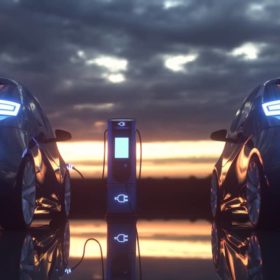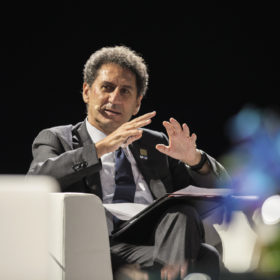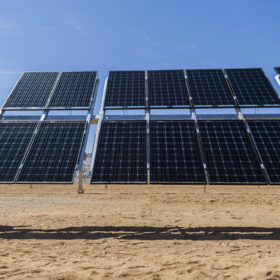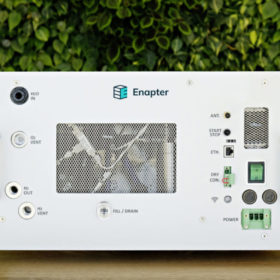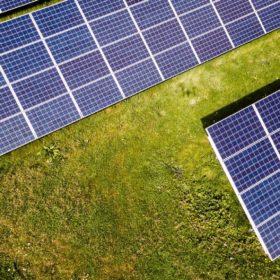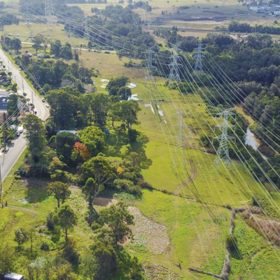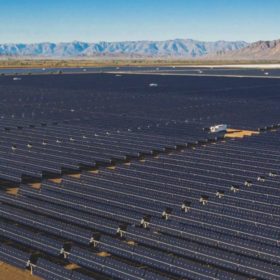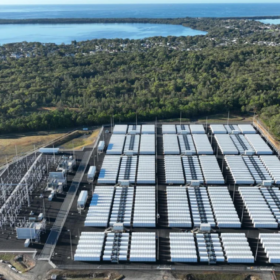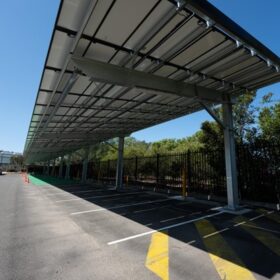Monash researchers announce lithium-sulphur battery breakthrough
Researchers from Australia’s Monash University have created a new generation of lithium-sulfur batteries that they say provides a cheaper, cleaner and faster-charging energy storage solution that outlasts lithium-ion alternatives and is rechargeable hundreds of times without failing.
Philippine irrigation body offers up sites for floating solar
With senators having called for plantation-wide solar powered pumping projects, funded by public money, the country’s National Irrigation Administration has agreed and said it wants to embrace floating solar facilities too.
Weekend read: The changing geopolitics of green hydrogen
With 90% of world economies committed to net zero targets, the disruptive nature of the energy transition is becoming clear. Climate targets require us to triple renewable energy capacity by 2030, phase out coal by 2040, end fossil fuel subsidies, and ensure support for a just transition. While hydrogen is sure to be a key technology in this energy transition, the exact role it will play is not yet clear, reports Felicia Jackson.
Frontier advances plans for 114MW solar farm in WA’s southwest
Emerging Western Australian renewable energy project developer Frontier Energy is pushing ahead with “significantly advanced” plans to develop a large-scale solar PV farm in the state’s southwest after the successful completion of an $8 million capital raising.
Australia’s Core Lithium signs four-year supply deal with Tesla
With the global demand for lithium accelerating, Australian miner Core Lithium has inked a deal to supply United States-based electric vehicle and battery maker Tesla with up to 110,000 tonnes of lithium spodumene concentrate.
Fortescue accelerates plans for gravity-charged electric powertrain
Australian-based mining giant Fortescue has commenced the development of an electric train that recharges itself using gravity after the resources company this week settled its $310 million purchase of UK-based technology and engineering services business Williams Advanced Engineering.
Plug & play electrolyser for green hydrogen production from Germany
Developed by Germany-based hydrogen specialist Enapter, the EL 4.0 electrolyser is based on a patented anion exchange membrane (AEM) technology. Commercial production is currently being prepared at the company’s Italian plant and the first shipments should be made in the summer.
‘The major solar players will shift from PERC to TOPCon’
US analyst Clean Energy Associates made some notable predictions in its Q4 survey of the world solar manufacturing market, including echoing predictions made elsewhere that the new polysilicon production capacity coming online now will help arrest the spike in solar panel prices.
New transmission route to unlock new capacity in Central-West Orana REZ
With the owners of Australia’s coal-fired generator fleet fast tracking the closure of the ageing infrastructure, the New South Wales government has unveiled a new corridor for transmission lines that could help it almost quadruple the size of the planned Central-West Orana Renewable Energy Zone.
US-based renewable power producer sets up shop in Australian energy sector
United States independent power producer BrightNight has announced its formal entry into the Australian energy market, saying the company’s solutions could play a critical role in the nation’s continued journey towards a renewable energy future.
